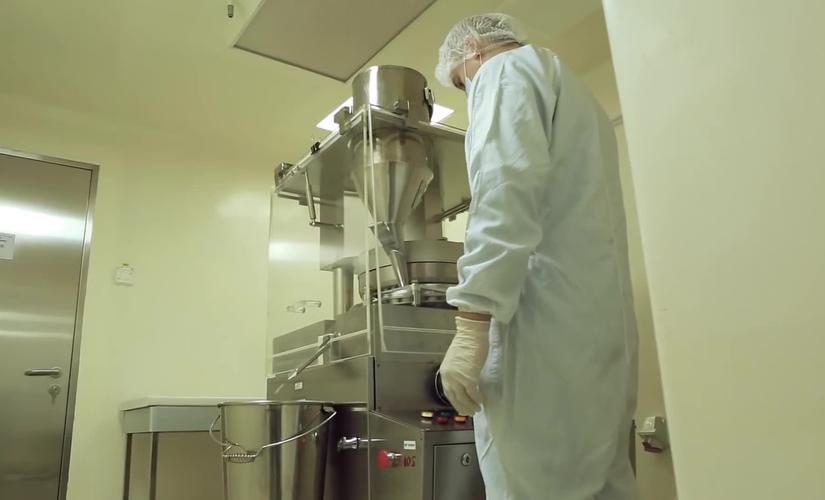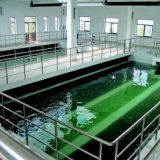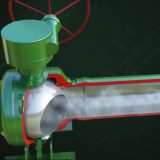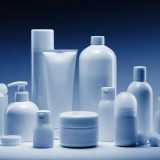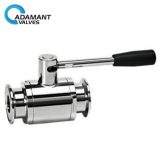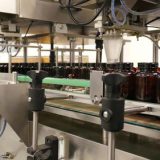The valve is the control device of the fluid pipeline, which plays an important role in the petrochemical production process.
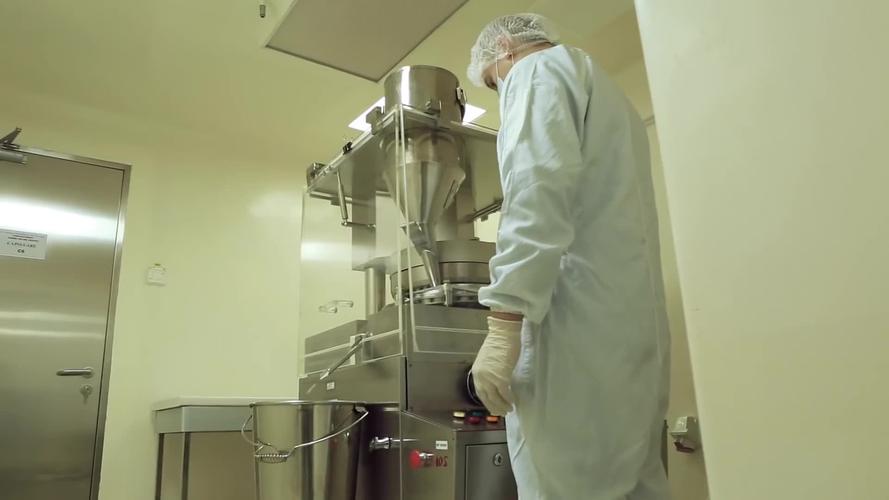
What are the functions of valves?
1. Connecting and truncating media;
2. Preventing medium backflow;
3. Adjusting medium pressure and flow rate;
4. Separation, mixing, or distribution of media;
5. Prevent the medium pressure from exceeding the prescribed value to ensure the safe operation of pipelines or equipment.
How to install the sanitary valves?
1. Before installing the valve, check carefully whether the type and specifications of the valves used are in conformity with the design.
2. Check whether the valve can be used under the required conditions according to the type of valve and the manufacturer’s instructions.
3. When lifting the valve, the rope should be tied to the flanged connection between the valve body and the valve cover, and not tied to the handwheel or stem, so as to avoid damaging the stem and the handwheel.
4. When installing valves in horizontal pipelines, the valve stem should be vertical upward, and the downward installation of the valve stem should not be allowed.
5. When installing valves, the forced counterpart connection method of pulling hard and drawing hard should not be adopted to avoid damage due to uneven force.
6. Open-stem gate valve should not be installed in underground damp place to avoid stem corrosion.
How to assemble the valves?
Clean parts must be sealed for installation. The requirements for the installation process are as follows:
1. Installation workshop must ensure cleanliness, or build temporary clean areas, such as using newly purchased colored strip cloth or plastic film, to prevent dust from entering during installation.
2. The assembly workers must wear clean cotton overalls, cotton caps on their heads, no hair leakage, clean shoes on their feet, plastic gloves on their hands, and degrease.
3. Tools for assembly must be decreased and cleaned before assembly to ensure cleanliness.
4. Before assembly, each component is wiped with clean precision filter paper. The dead corner of the component is selected, and the color of the filter paper remains unchanged to be qualified.
What are the valve specification requirements?
1. Valve type should indicate the requirement of the national standard number. If it is an enterprise standard, the relevant description of the model should be indicated.
2. The working pressure of the valve should be greater than or equal to the working pressure of the pipeline. Without affecting the price, the working pressure that the valve can bear should be greater than the actual working pressure of the pipeline.
3. Valve manufacturing standards shall specify the national standard number according to which they are manufactured. If they are enterprise standards, enterprise documents shall be attached to the procurement contract.
How to test the valve performance?
1. When a valve is manufactured in batches, authoritative organizations shall be entrusted with the following performance tests:
The opening and closing moment of the valve is under a working pressure;
Detecting the flow resistance coefficient of the valve under the condition of pipeline water conveyance.
2. Valves shall be inspected before they leave the factory as follows:
When the valve is open, the valve body should withstand the internal pressure detection of twice the working pressure of the valve.
When the valve is closed, the two sides bear 11 times the working pressure of the valve respectively, and there is no leakage; but in the metal-sealed butterfly valves, the leakage value is not greater than the relevant requirements.
What are the sealing requirements?
The sealing performance of the valve refers to the ability of the sealing parts of the valve to prevent medium leakage. It is the most important technical performance index of the valve. There are three sealing parts of the valve: the contact between the opening and closing parts and the two sealing surfaces of the valve seat; the fit between the filler and the stem and packing box; and the connection between the valve body and the cover. The former leakage is called internal leakage, which is commonly referred to as lax closure. It will affect the ability of the valve to cut off the medium. Internal leakage is not allowed for truncation valves. Leakage at the last two places is called leakage, i.e. medium leaks from inside to outside of the valve. Leakage can cause material loss, pollution of the environment, and serious accidents. For flammable, explosive, toxic, or radioactive media, leakage is not allowed, so the valve must have reliable sealing performance.
Other requirements
1. The assembled valve shall be purged with nitrogen for at least 1 minute.
2. The airtightness test must be carried out with pure nitrogen.
3. Encapsulation after the qualified airtight test, sealing with clean polyethylene cap, soaking with an organic solvent before using polyethylene cap, wiping clean.
4. Then sealed with a vacuum bag.
5, finally put them into the box.
6. Measures should be taken to ensure that the package is not damaged during transportation.
How to clean the valves?
Valve components must undergo the following processes before assembly:
1. According to the processing requirements, some parts need to be polished, and there can be no burrs on the surface.
2. Degreasing of all parts and components;
3. After degreasing, pickling and passivation are carried out, and the detergent does not contain phosphorus.
4. Rinse with pure water after pickling and purification, and there can be no residue of chemicals. This step is omitted for carbon steel parts.
5. Dry the parts one by one with non-woven fabrics. Do not keep the surface of the parts such as wired wool, or use clean nitrogen to dry them.
6. Use a non-woven cloth or precision filter paper to analyze pure alcohol to wipe each part until there is no dirty color.
